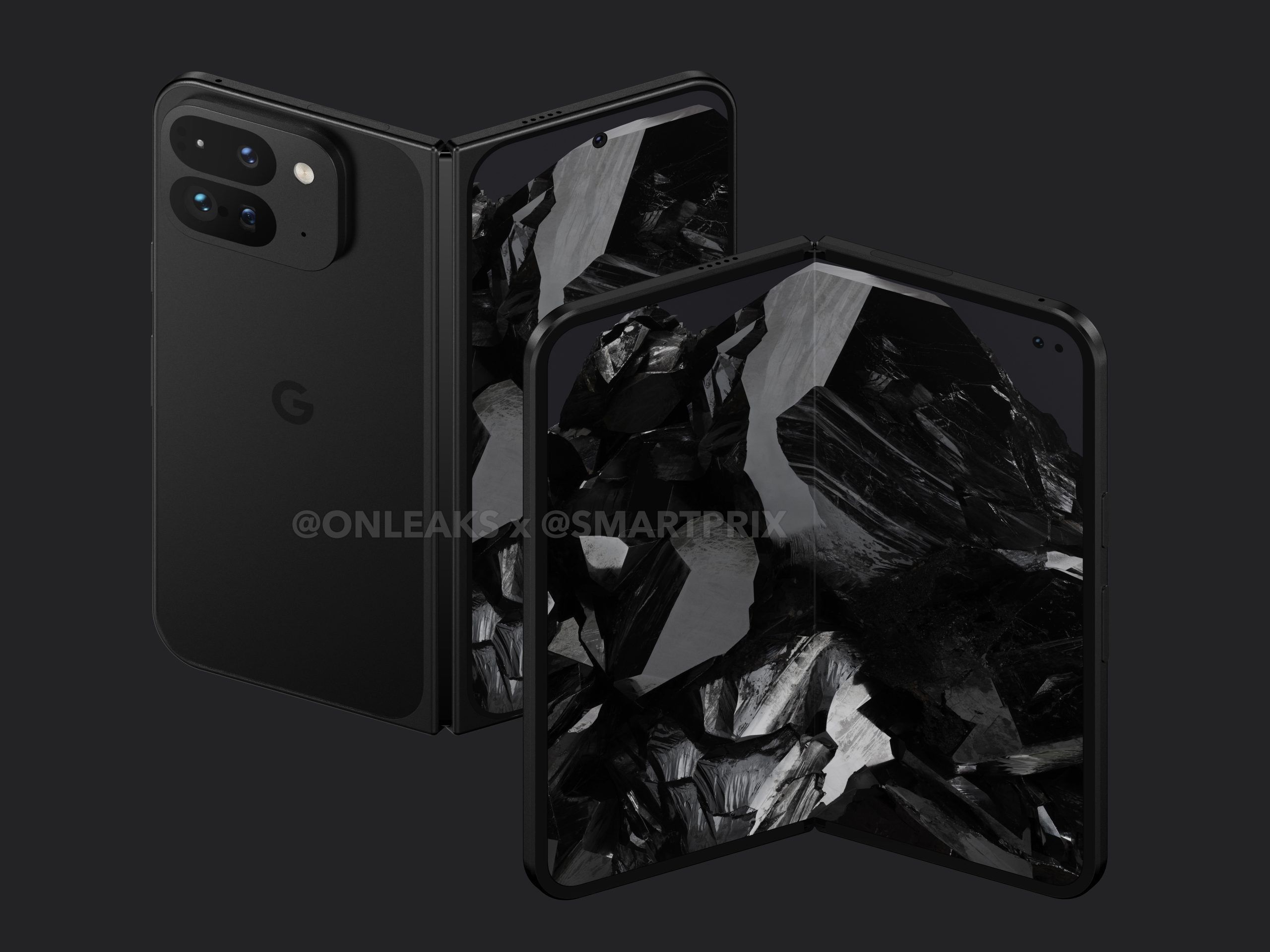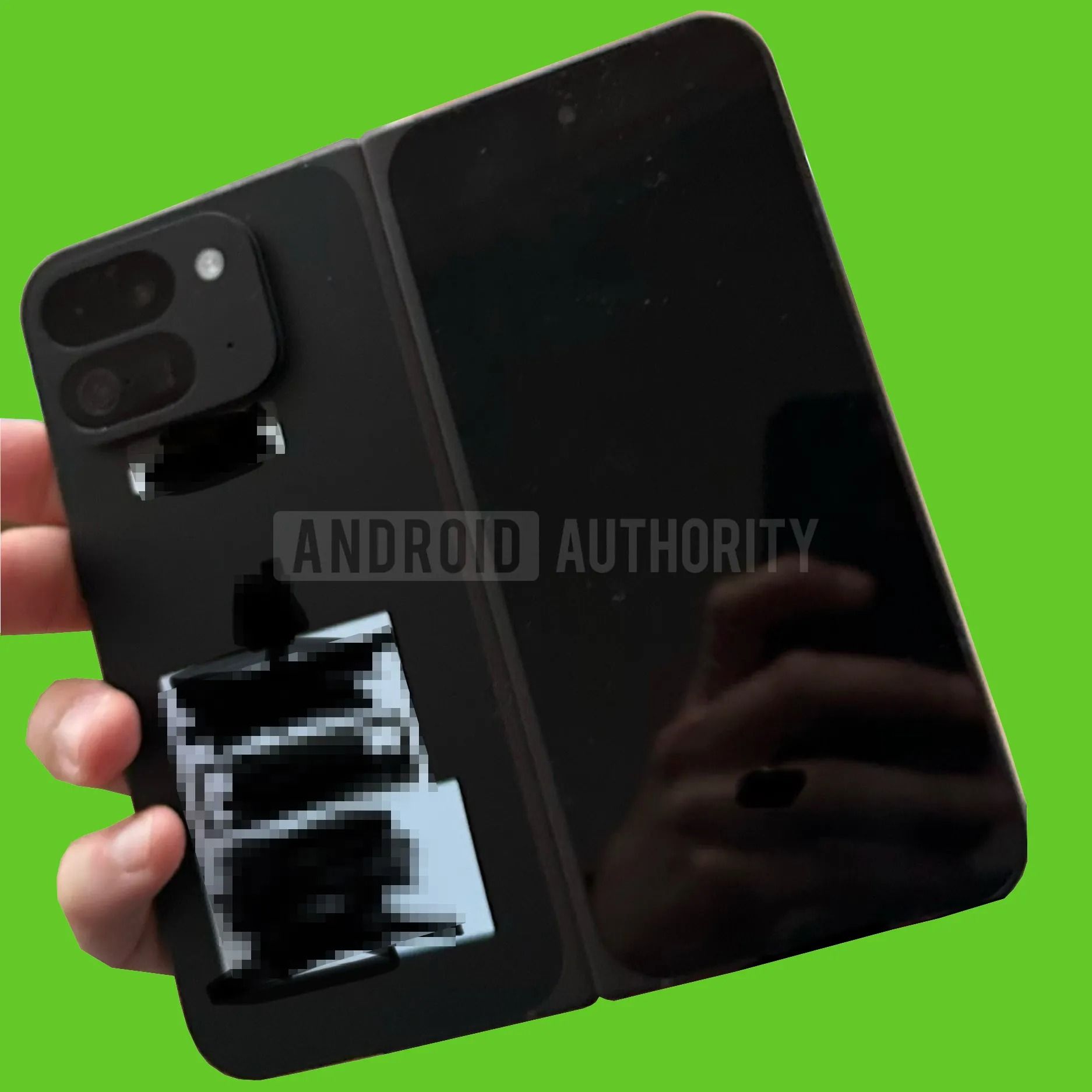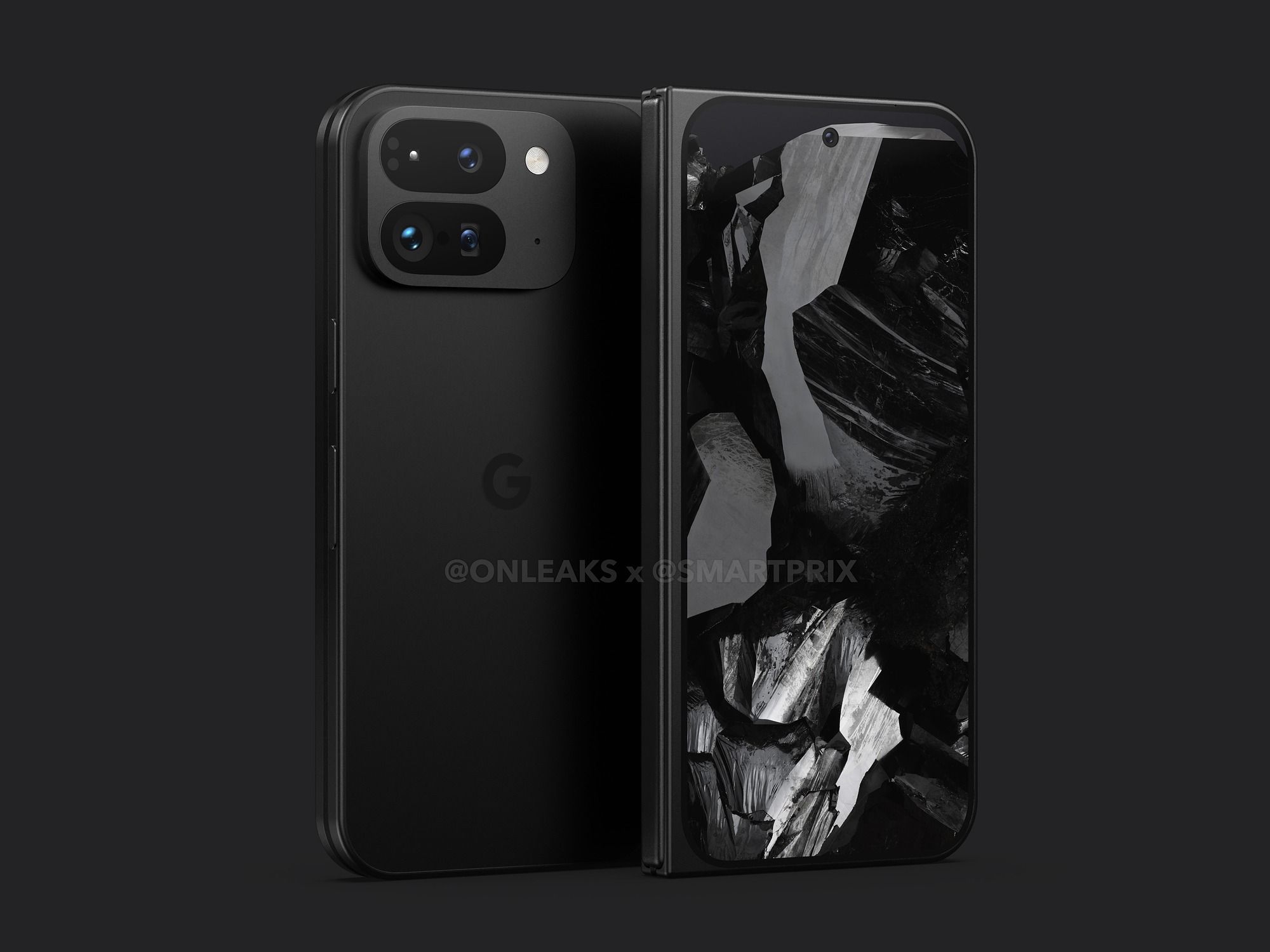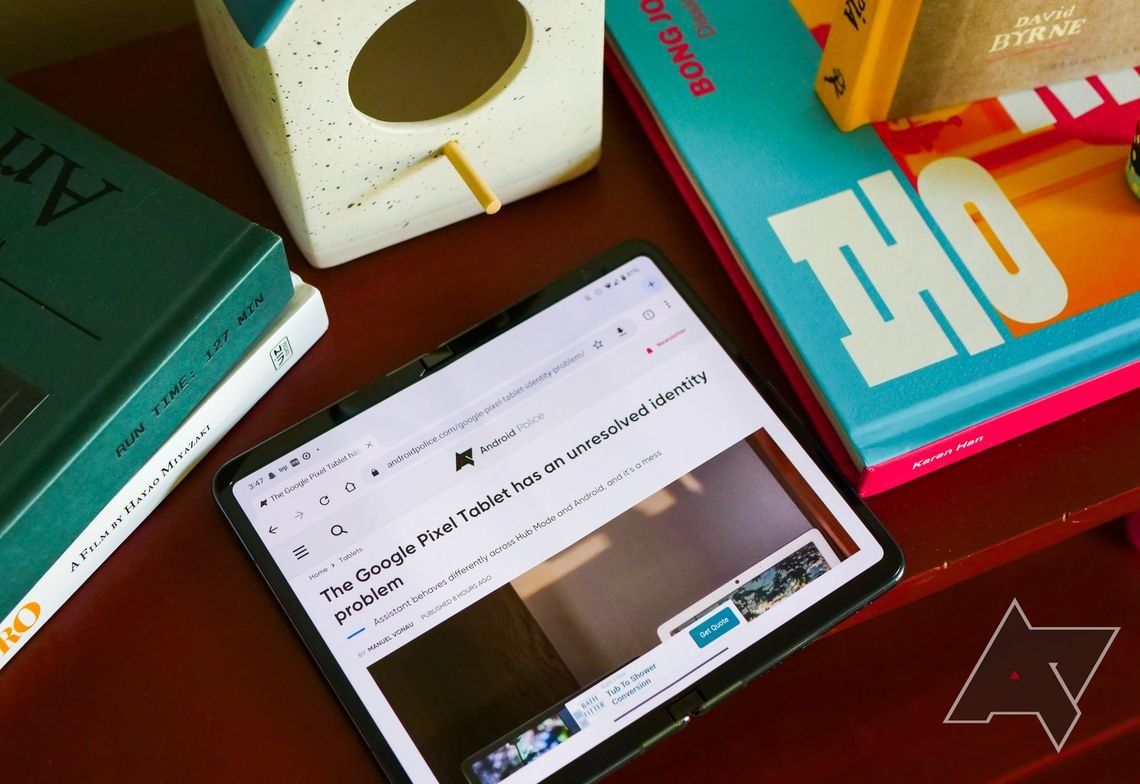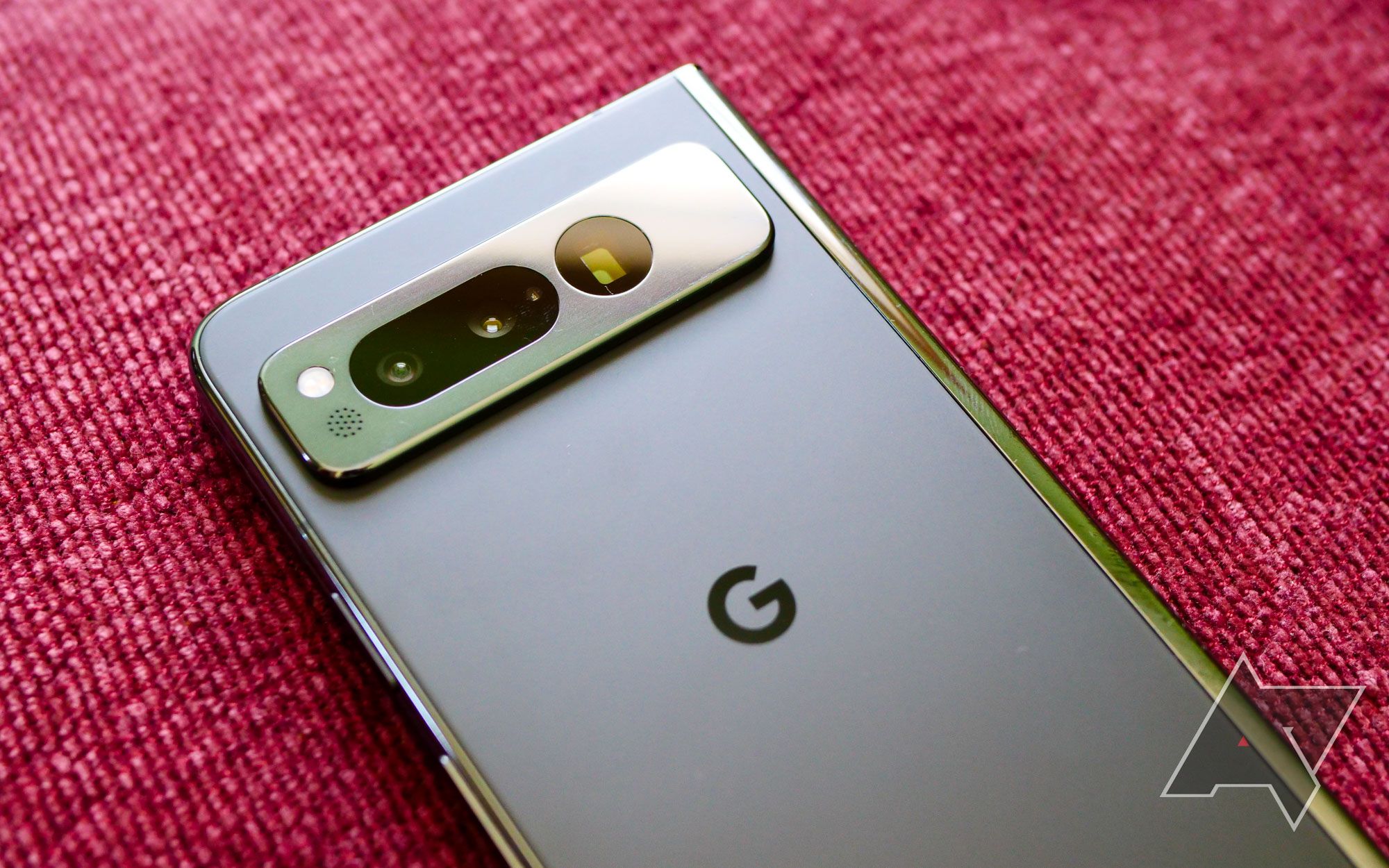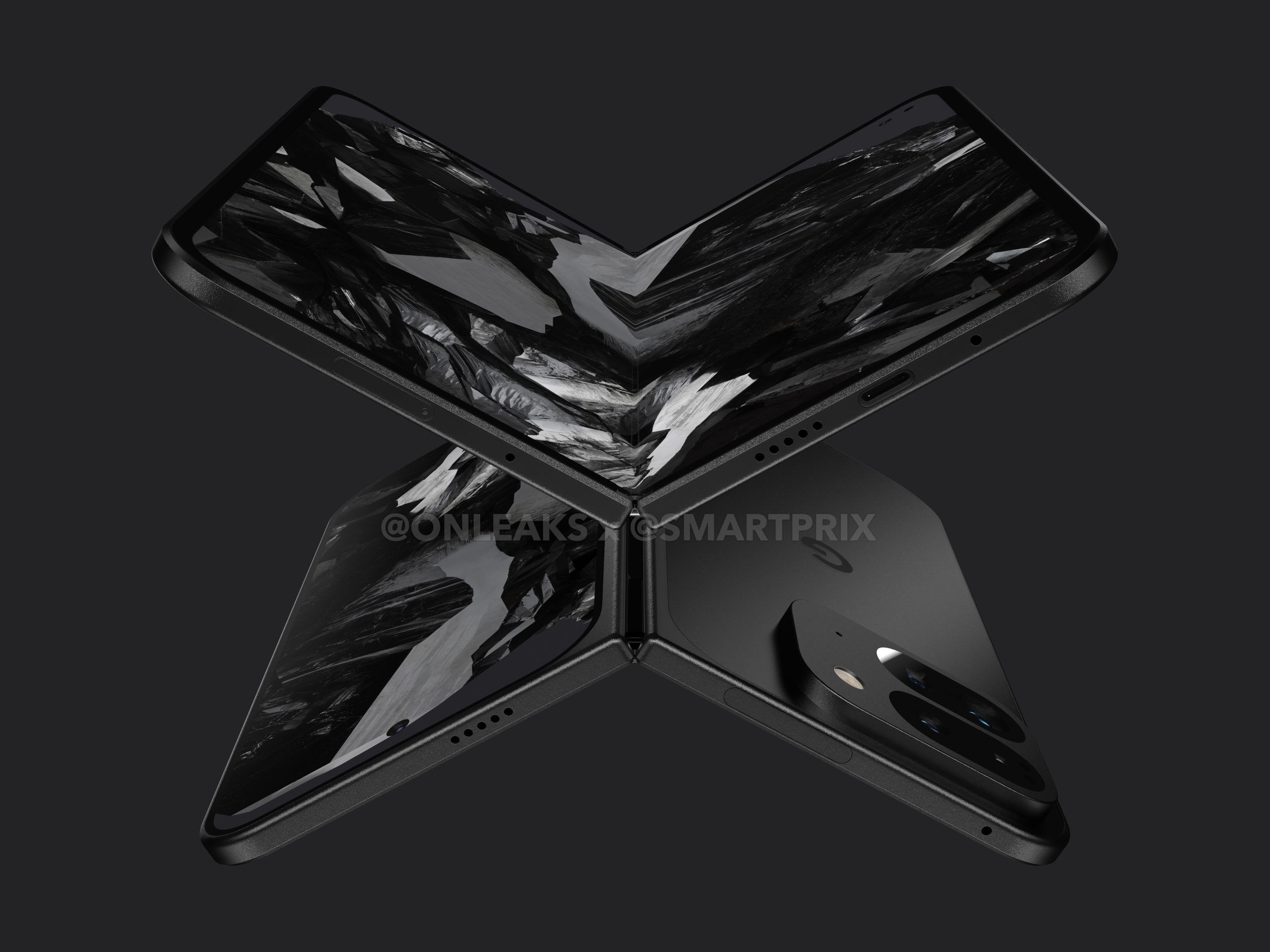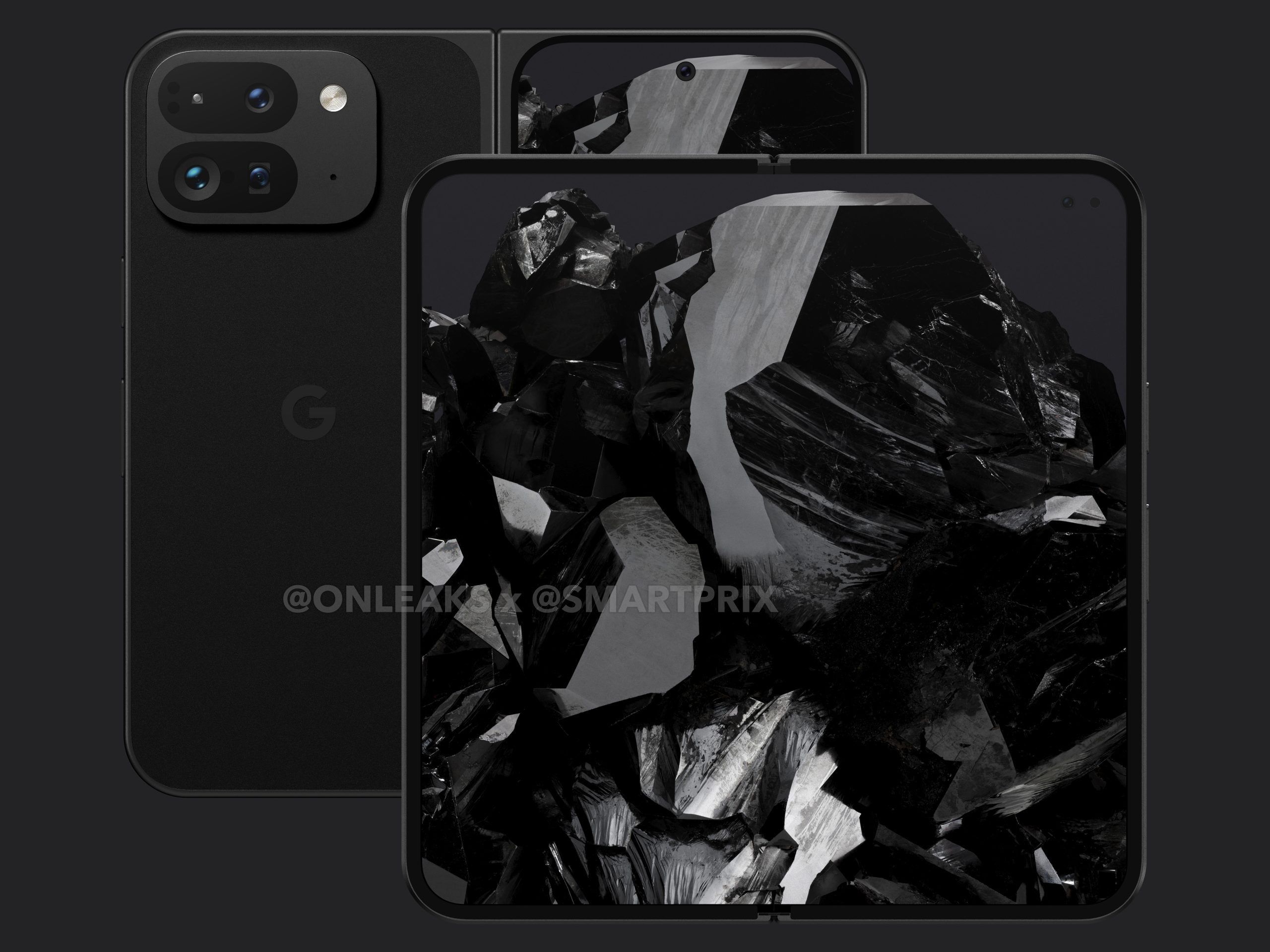It’s no secret that the first-gen Pixel Fold has some problems. Perhaps owing to just how long Google’s foldable phone existed as a rumor — not to mention the company’s decision to hold back an even earlier iteration — the Fold struggled to keep up with its competition right out of the gate. And as phones like the Samsung Galaxy Z Fold 5 and OnePlus Open have launched with far more refined experiences, the difference between Google and the rest of the field has grown that much more obvious.
Thankfully, with first-gen jitters out of its system, Google should come back with a much stronger successor sometime this year. Although early rumors on a Pixel Fold follow-up are quiet, we do know the company is planning at least one more product like it. If you’re excited about a second-gen Pixel Fold, here’s everything we know so far — and everything you should expect to see.
Google Pixel Fold 2: Design and specs
What does Google’s next foldable look like?
One of the earliest rumors surrounding a Pixel Fold successor comes from an update to the Pixel Buds partner app in October 2023, pinpointing a mysterious device known as “Comet.” In code found within the APK, “Comet” was paired with “Felix,” otherwise known as the first-gen Pixel Fold. But outside of this small hint, it took months for the Pixel Fold 2 to start taking shape in our mind.
We’ve finally seen our first glimpse of what could be the Pixel Fold 2, and it comes with a pretty big redesign. In addition to a OnePlus Open-style front display — right down to the hinge and slim side bezel. That would’ve been a massive change on its own, but it’s far from the only one we’re expecting. The back of the phone, at least according to this leak, features a new camera bump, with this model being the first Pixel device since the Pixel 5a to completely lack a camera bar.
Along with this photo, we got a couple of quick tidbits about the foldable screen, including Google’s move to a cutout for its camera rather than embedding it in the top bezel, a similar move Samsung made in its earliest generations. The new shape means the Fold 2’s display would be far more square than what you’ll find on the first-gen Pixel Fold, though the lack of a side bezel along the screen means cases might still be annoying to use.
A lot of this makes sense, as both the best and the worst elements of the Pixel Fold come down to Google’s design. On one hand, the notebook-style hinge makes for a completely unique device. The outer screen is spacious and roomy — genuinely, it made me miss 16:9 displays on smartphones. Meanwhile, defaulting to a horizontal orientation when open is great for multitasking and media alike. It really allows the device to stand out from the crowd.
Following up on that leaked EVT unit, OnLeaks provided renders that look pretty similar to the original leak, right down to that square camera bump. Alongside these images, we also got our first word on the Pixel Fold 2’s measurements. The new outer display is a 6.4-inch panel, replacing the 5.8-inch display on the first-gen model for something more in line with the OnePlus Open. On the inside, you’ll find a 7.9-inch screen, up from 7.6 inches on last year’s phone, with reduced bezels and a new cutout for the selfie cam.
The dimensions really tell it all. Folded, the device comes in at 155.2 x 77.1 x 10.54mm, a far cry from the original model. Not only is the new taller shape obvious, but the reduced bulk would make the Pixel Fold 2 the thinnest foldable sold in North America. Unfolded, we’re looking at 155.2 x 150.2 x 5.27mm, a far cry from the original rectangular display on the first Fold.
Still, there’s plenty we don’t know, and it all starts with the weight. Considering rival foldables from Samsung and OnePlus weigh 30 to 40 grams less than the first-gen Pixel Fold, look for one of the biggest changes to come on the scale. Google has to make this thing lighter to keep up with the competition — the first-gen Pixel Fold is heavy enough that holding it in one hand is a real challenge. And shifting to a fresher, more standard design could help make the entire thing more comfortable, even if it’s a little less unique.
Of course, that’s not the only place Google could improve. The inner display is leagues behind the rest of the field. Implementing additional display layers — or even adapting the anti-glare finish seen on the OnePlus Open — could do wonders. Likewise, the large bezels on the first model could be slimmed down, perhaps with a move to an under-display camera, and the crease could be minimized to avoid visual distractions.
As far as specs go, the processor powering the Pixel Fold 2 really depends on when it launches. An annual refresh would mean the Tensor G3, the same SoC found in the Pixel 8 Pro, would make its way into Google’s second-gen foldable, but we might be in for a bit of a surprise on this front. Rumors point to the shift away from a prototype running on a Tensor G3, to a new model running on the as-of-yet unannounced Tensor G4, codenamed “zumapro”. That should represent a pretty sizeable leap over the first-gen Fold, especially when combined with a rumored 16GB of storage — a first for the Pixel lineup.
Google Pixel Fold 2: Software
Is better multitasking on the way?
The version of Android the Pixel Fold 2 launches with really depends on when it launches. If it arrives in the first half of 2024 — say, around a year after the first model — it would include Android 14 out of the box. If it arrives after Android 15 ships in the back half of the year, it’ll include Google’s latest build. Either way, we hope to see Google try to double-down on some foldable-focused enhancements this time. Samsung and OnePlus have both done an excellent job in this regard, and the Pixel Fold just isn’t quite there.
One place where Google will definitely improve over the first-gen model is software support. The company seems committed to its new seven-year policy for OS and security patches alike, which would allow a Pixel Fold 2 launched in 2024 to see support through 2031. That should help the ultra-expensive price tag for foldables go down a little bit easier.
Android betas and developer previews have revealed that Google isn’t just taking a page out of the OnePlus playbook on design — it’s also looking to the company’s software for inspiration. Google is looking to add a way to quickly transition apps from the Pixel Fold’s inner display to the outer screen, much like how OxygenOS currently handles apps right now. While the first beta for Android QPR4 Beta 1 contained strings of code related to this, we didn’t actually see it in action until Android 15 DP2’s launch in March. That build allows you to select an option in settings to continue using your apps with a swipe — just how the OnePlus Open does it.
While it’ll be frustrating to see Google hold this option back for Android 15, if the Pixel Fold 2 doesn’t launch until the fall, that’ll be the version it ships with anyway.
Google Pixel Fold 2: Cameras
Could a new camera bump bring better sensors?
The Pixel Fold impressed us with its cameras at launch, at least as far as foldables go, though our recent folding phone shoot-out proved Google has plenty of space left to improve. One of the best things about the company’s design is its camera bar, allowing for much larger sensors than what you might find on Samsung’s Galaxy Z Fold series. It’s unclear yet if Google plans to upgrade or change its sensors — something it doesn’t do often, to be frank — but we’ll likely see improved processing at the very least, along with the usual arrangement of AI-focused tools.
Google Pixel Fold 2: Price and release date
When’s this thing coming out?
Although it seemed like the Pixel Fold would arrive at a more affordable price point than what we’d previously seen from Samsung in the US, it was OnePlus that managed to undercut the competition. Google’s first-gen Fold launched at $1,800 in the US, the same price as the Galaxy Z Fold 4 and its successor. Considering the Pixel 8 series saw price hikes across the board, it’s difficult to imagine the Pixel Fold 2 getting any sort of discount. Until we hear more, expect the MSRP to come in right at that $1,800 mark for another year.
One space Google could make some big improvements is in its availability. The Pixel Fold only launched in four regions: the US, the UK, Germany, and Japan. It’s obvious this particular device was meant as a testing ground for what a foldable Pixel could be, and by keeping the launch limited in scope, it was easier to keep expectations low. Look for broader availability in a second-gen model, though, especially in regions where other Pixels have landed for years. That means places like Australia, France, Spain, and Canada could be on the list.
As for when the Pixel Fold 2 might arrive, it all depends on the chipset drama we highlighted earlier. If Google does intend to ship a foldable running on Tensor G3, an I/O-timed announcement in May seems all but certain. That said, a shift to the Tensor G4 would likely place it in line with the regular Pixel 9 series in October, leaving us without a new foldable from Google until this fall.
The foldable revolution has only just begun
Google’s got a long way to go
I’m not the biggest fan of the first-gen Pixel Fold, but that only makes me more excited for its successor. Google has a good base to work off with future models, and if the company can iron some of the kinks out of its foldable, we could be looking at something truly worth rivaling the best from Samsung and OnePlus. Only time — and the usual deluge of Google rumors and leaks — will tell.
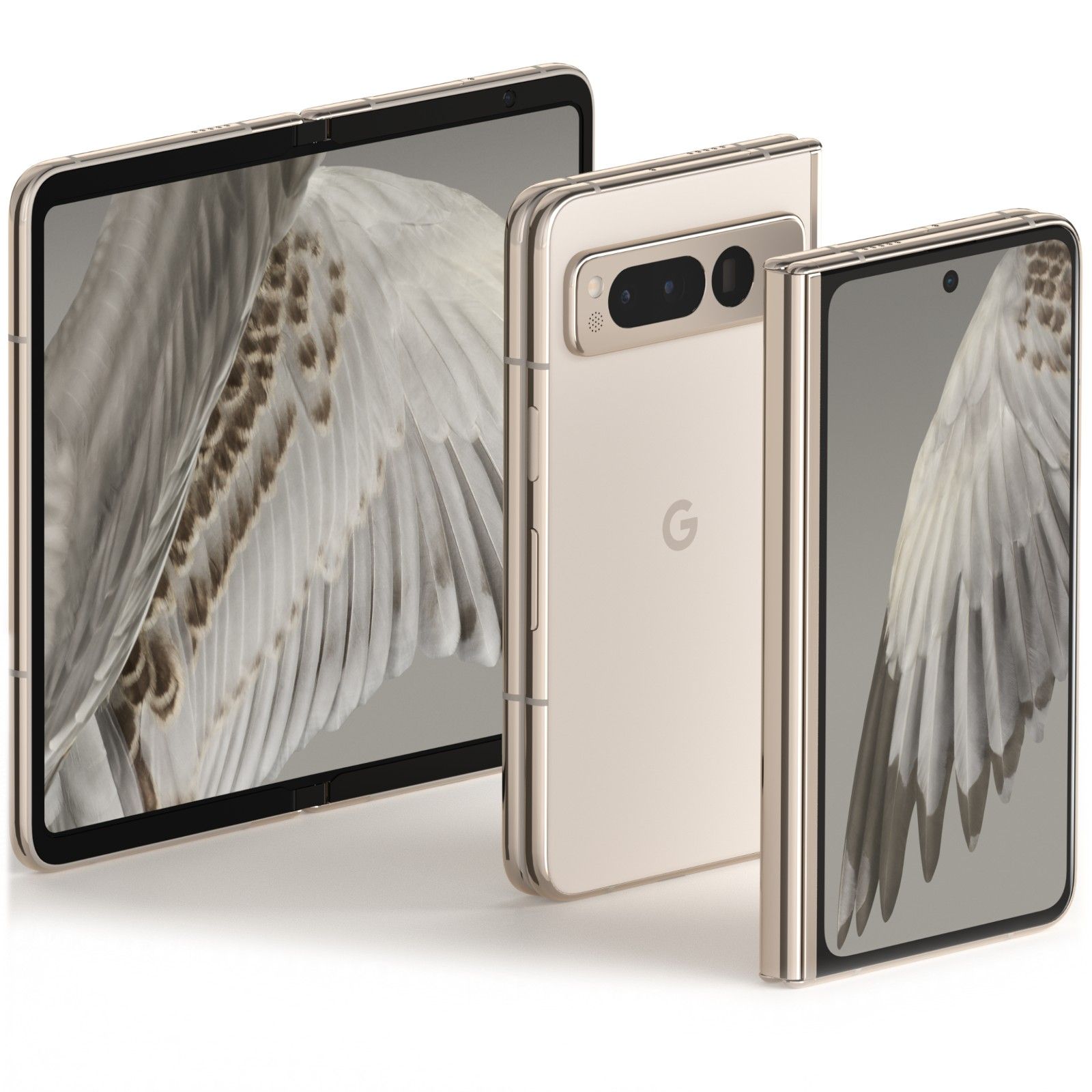
Google Pixel Fold
Google’s first foldable improves on Samsung’s models in a lot of ways. For instance, the switch to a wider phone means the front screen feels much more comfortable in daily use, plus the inner display opens up perfectly for video. It does have some first-gen issues on the hardware and software side of things, but if you want a Pixel phone with the flexibility of a tablet, this is the one to get.


